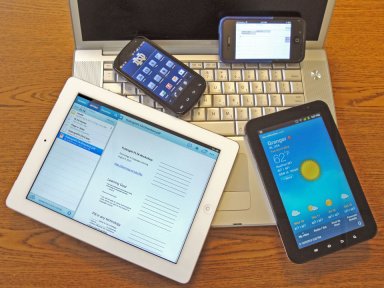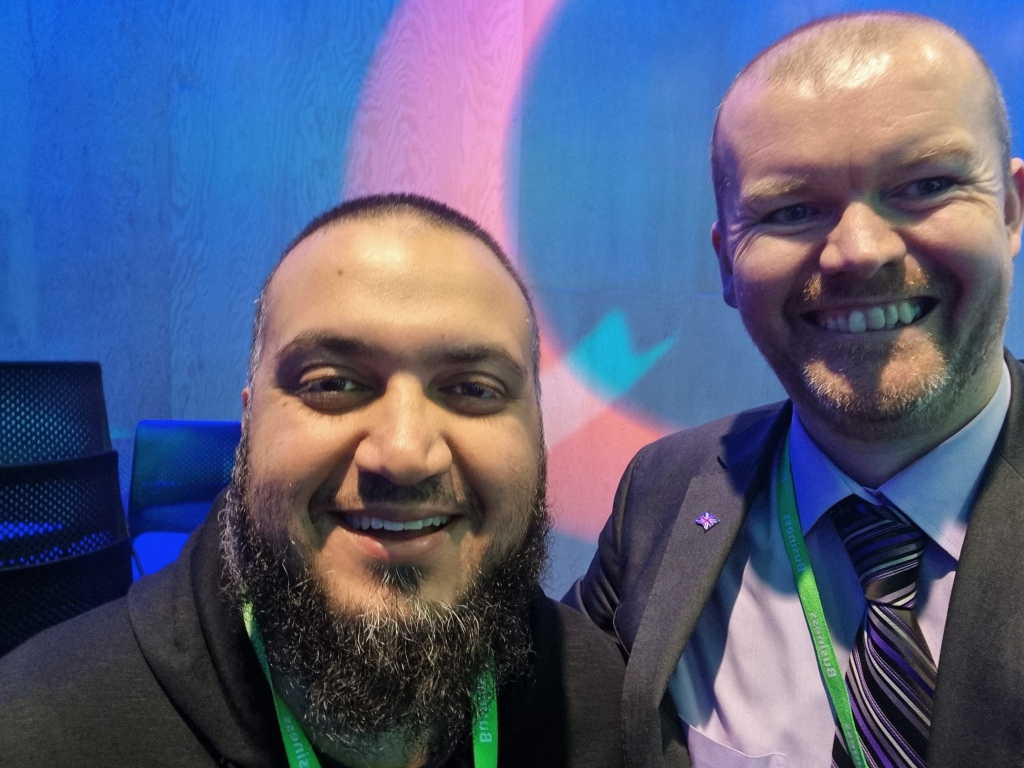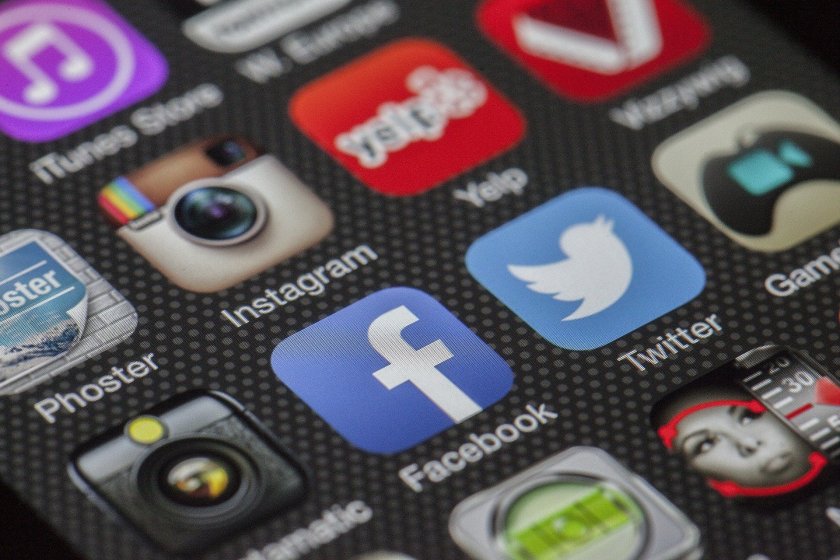
I have recently been reading an interesting book on depression, Lost Connections by J. Hari, as this is something I feel I have struggled with at times, albeit this is a self-diagnosis rather than any form of clinical diagnosis. Personally, I feel we all suffer depression to a greater or lesser extent, albeit maybe not clinical, at various points in our lives in response to events, challenges and other issues. Within the book Johann points to societal issues being partly responsible for the increasing number of people suffering anxiety and depression, also talking about societal “junk values”. This got me thinking about digital addiction and phone use, and my interest was further encouraged by a post from Mark Anderson where he provided some statistics in relation to phone use (see the post here). But what if our addiction and increasing use of our phones, and other digital devices, isn’t the cause and the thing we need to seek to ban or reduce, but is actually the symptom of a different and broader issue? Now I don’t propose to have solutions here but this post is about throwing out some thoughts and ideas.
Fame and likes
We have all at some point looked up to a famous person and thought, “I wish that was me”. Whether it was a famous singer, an artist, or a movie star, I think we all generally want to be more than we are. Now I am not sure if this want to be better, as measured by others, is intrinsic or whether it has been conditioned over time. The adverts we consume on TV tell us we need to buy this body spray, or this car or that running shoe to be better so maybe we come to believe we need to be better. Then in steps social media providing a measure of our fame, with the count of friends or likes, and we chase the thing we can measure rather than what we really want which is to be better. And so we are forever on our phones seeking to post and share hoping to go viral and get all those likes, rather than looking towards ourselves, being comfortable in our own skins and seeking to be better but in our own eyes and on our own terms. So is our excessive phone use a symptom of a need to have ourselves validated by others, rather than seeking to value ourselves?
Connectedness
I think it is important to acknowledge that we are still animals in some sense, albeit very intelligent ones, but we still have so much in common with the apes we came from back in the mist of time. And as animals we need that connectedness, that social interaction of the herd or troop, and again in steps social media and our phones with connectedness on steroids. Suddenly I am connected to friends, family and many more people, those with similar views and interests and this connection is constantly updating. The issue here, as I have posted in the past, is that this online connectedness, although it appeals to our inner needs, it doesn’t truly address them so we find ourselves retreating from face-to-face, proper connectedness which will fulfil our needs, in favour of easier but shallow technology enabled connection. We maybe therefore need to spend less time on digital connectedness and more time on actual connectedness.
Fear of missing out
I have already mentioned how our digital world is constantly updated and always on and this in itself breeds an issue, being we develop this fear of missing out (FOMO). We are worried about missing out on important information, or the latest viral craze, so we seek to be constantly checking our devices for updates. We might even become worried that there is something wrong when we haven’t received an update or our phone hasn’t buzzed for a period of time. We build the habit of constantly checking our devices and constant vigilance to the call of our device for attention whether that be a buzz, a chime or a flashing screen. But maybe there is another way and maybe we need to spend more of our time and our focus on being in the moment and experiencing our current environment, the company we are in, and the discussion, rather than bothering so much about the online conversations we may or may not be missing.
Efficiency and always connected
The world is only getting busier as we constantly seek to add more tasks and seek to get better. If you were to look back on the last 6 months and list the extra things you are now doing I suspect we all would have at least a few items however if I was then to ask you to list the things you have stopped or been asked to stop doing, I suspect a shorter list, or maybe blank list would result. If we do X this will make Y better sounds logical whereas if we DON’T do X this will be make Y better, doesn’t sit as comfortably with us. And so we create this illusion of the need to be hyper-efficient, always on, always moving, and our devices are happy to play to this. They facilitate us being connected, us collaborating, us communicating, anywhere, anytime. But is this truly what life is about, to get as much done as possible and be constantly focused, or is there value in disconnection, quiet contemplation and meditation?
Commercial interests vs. the user
In writing this post I couldn’t miss raising the issue of the device manufacturers and the platform developers. They are commercial entities with shareholders. They want profit and profit comes from keeping users buying their products and their services, keeping them using devices and staring at screens. They want you alerted and increasingly are pushing further and further into our existence. Most of our discussion on devices focuses on phones for example, yet now how many of us have wearables such that the notification is unavoidable being strapped securely to our wrists or in future, in the glasses we need to wear to see? So these companies don’t have our best interests in mind and their approach to dealing with people’s concerns is to provide controls and data for the individual to use to manage their own usage. But humans aren’t particularly great at doing what is best for themselves as individuals, just consider alcohol, smoking and more recently vaping. And when faced with a societal push to stay connected, FOMO and much more, the companies must know that putting the control in the hands of individuals will see little progress, although it will allow them to say they did what they could while still reporting positive usage data back to their shareholders. I think this is where society has to play a part rather than focusing on either the profit-focused companies, or the ill-equipped individual to solve the problem.
Conclusion
I suspect I could write much more on this topic and as I write this I can see so many opportunities for further research. Rather than seeking to ban, which I am against, or manage, which I am much more supportive of especially in schools, do we need to ask the question of why we are all so quick to reach for our phones and digital devices? If we consider our usage a problem, then surely we need to get to the why, the cause, as opposed to seeking to address the symptom which is the eventual usage. Maybe even discussing this with our students will help?
My sense is that a large part of the issue is the values which society currently applies to us. It isn’t enough to just be me but I have to attain status, I need to be hyper-connected, I need to work stupidly hard and efficiently, and I need to show other people all of this, and our devices deliver on these needs, or at least appear to. As long as we continue to address this at an individual level, which tends not to work, we fail to get into the bigger problem but how do we bring about societal change? One step at a time? One blog post at a time maybe?








